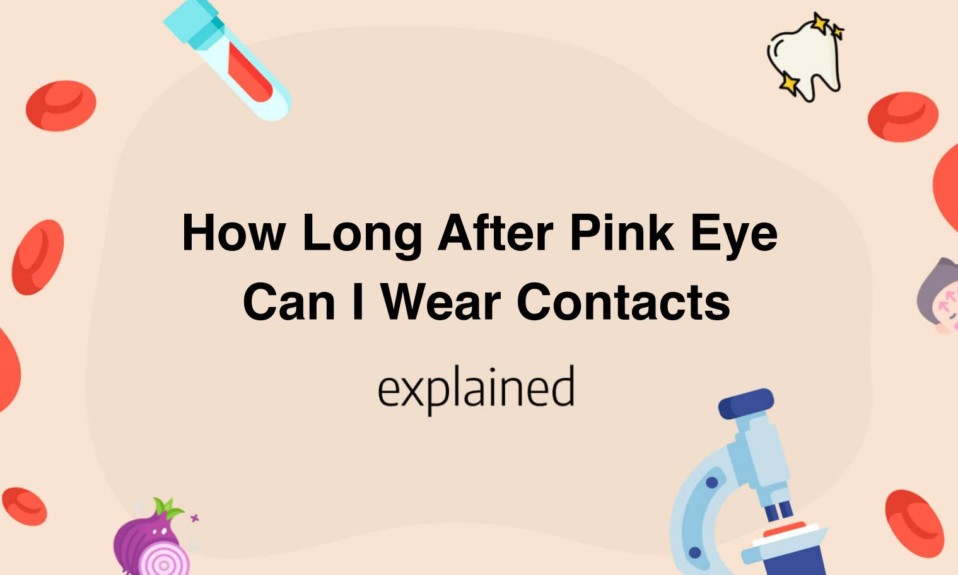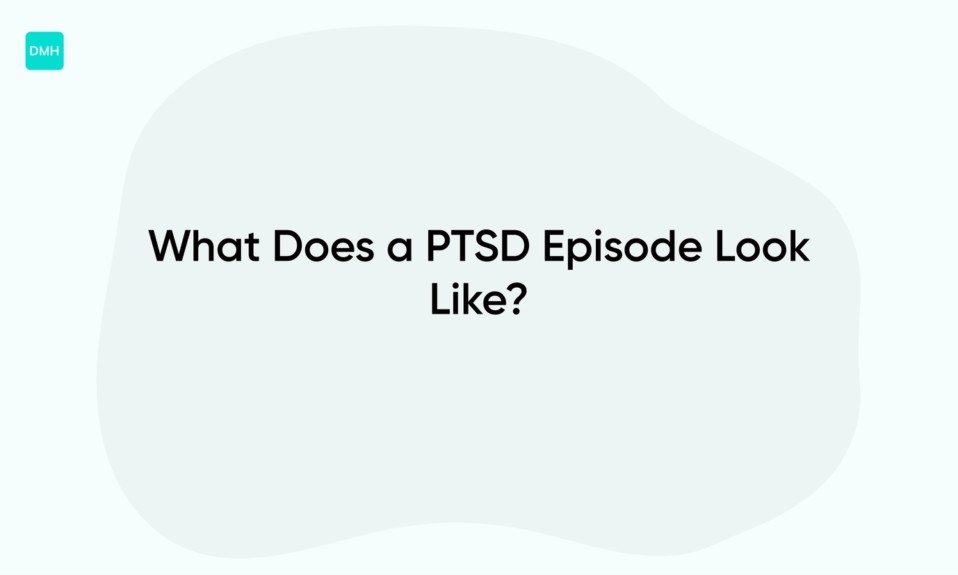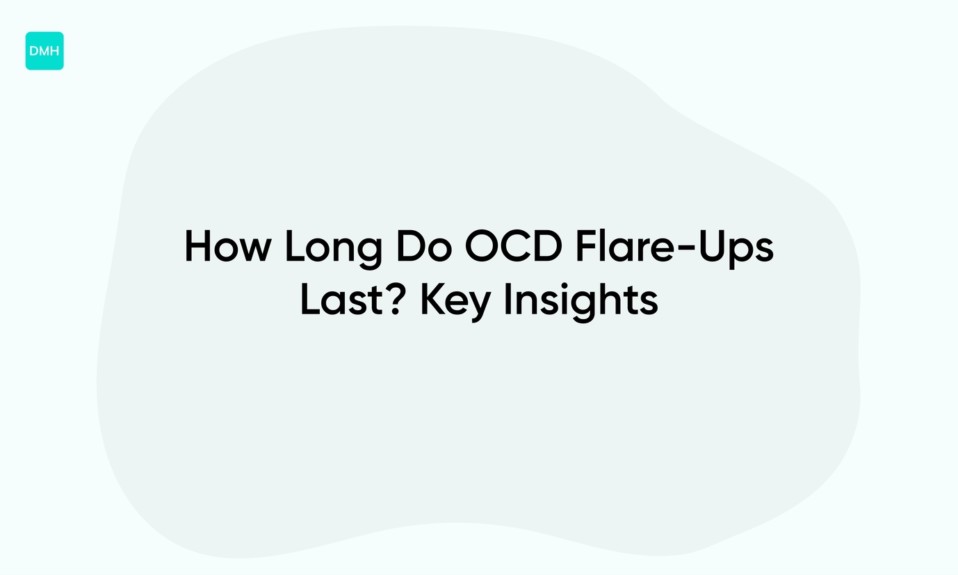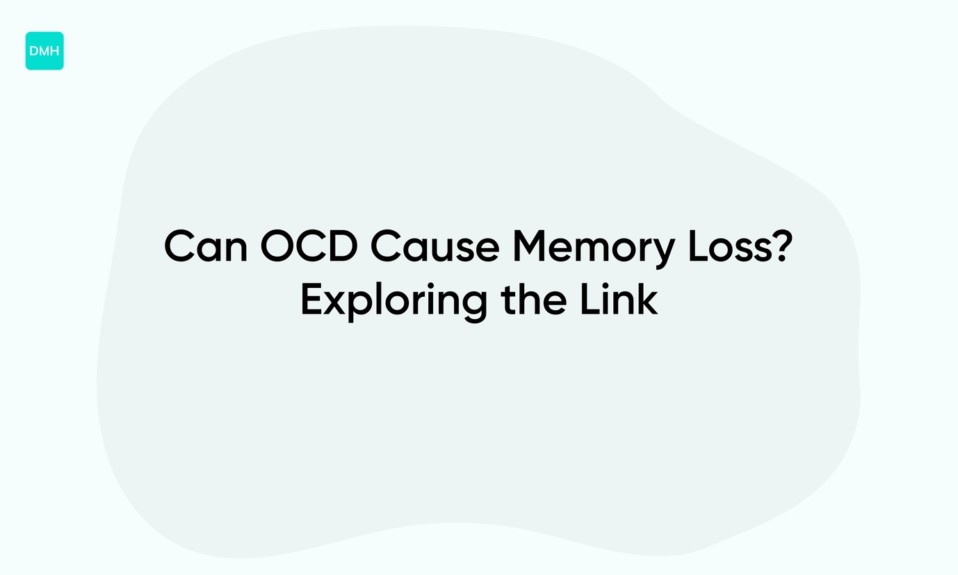Pink Eye, also known as conjunctivitis, is a common condition that affects people of all ages.
However, for contact lens wearers, it can be particularly frustrating as it means time away from their lenses.
But how long do you have to wait before you can safely wear contacts again after having pink eye? The answer is not a straightforward one, as it depends on various factors such as the cause of the infection and the treatment method used.
In this article, we’ll explore everything you need to know about returning to contact lens wear after experiencing pink eye.
- It is recommended to refrain from wearing contacts until pink eye (conjunctivitis) has completely resolved.
- The length of time will depend on the cause and severity of the infection, as well as the individual’s immune system.
- Bacterial pink eye may require antibiotics and can take up to 2 weeks to fully clear.
- Viral pink eye can take up to 3 weeks to clear, and there is no specific treatment.
- It is best to consult with a healthcare provider before resuming contact lens wear to prevent reinfection or complications.
Symptoms of pink eye and its treatment
Pink eye, also known as conjunctivitis, is a common eye condition that often results in redness, itchiness, and discharge in one or both eyes.
It can be caused by bacteria, viruses, allergens or irritants.
Symptoms of pink eye typically include redness in the white of the eye, tearing, sensitivity to light, itching, and discharge.
If you experience these symptoms, it is important to seek medical attention from an ophthalmologist to determine the underlying cause of your pink eye.
Treatment for pink eye varies depending on the cause of the condition.
If the pink eye is caused by bacteria, your doctor may prescribe antibiotic eye drops or ointment to help clear up the infection.
If the pink eye is caused by a virus, treatment will focus on relieving symptoms, such as using warm compresses on the eye and taking over-the-counter pain relievers.
If the condition is caused by allergens or irritants, avoiding these triggers and taking antihistamines or other medications to reduce inflammation may be the best course of action.
To prevent the spread of pink eye, it is important to practice good hygiene.
If you have pink eye, avoid touching your eyes and wash your hands frequently.
Additionally, avoid sharing towels, pillowcases or other personal items with others.
If you wear contact lenses, it is important to avoid wearing them until your pink eye has cleared up to prevent further irritation and potential spread of infection.
In conclusion, pink eye is a common eye condition that can cause discomfort and irritation.
However, it is easily treatable with proper medical attention and by taking preventative measures to avoid spreading the infection.
If you suspect you may have pink eye, seek medical attention from an ophthalmologist immediately to help diagnose and treat the underlying cause of your symptoms.

The relationship between pink eye and contact lenses
Pink eye, also known as conjunctivitis, is a common eye infection that can lead to eye redness, itchiness, and discharge.
If you wear contact lenses, you may be more susceptible to developing pink eye, as the lenses can trap bacteria and irritants against your eyes.
It is important to know the symptoms and causes of pink eye in order to prevent it before it happens.
One of the most common causes of pink eye is viral infection, which is highly contagious and can be spread through contact with infected individuals.
Wearing contact lenses increases the risk of spreading the infection from your hands to your eyes, which can lead to pink eye.
Another common cause of pink eye is bacterial infection, which can occur when bacteria gets trapped behind your contact lenses.
If left untreated, this can lead to serious eye damage.
One way to prevent pink eye while wearing contact lenses is to practice good hygiene habits.
This includes washing your hands before touching your contact lenses, avoiding touching your eyes or face excessively, and properly disinfecting your contact lenses before and after each use.
It is also important to replace your contact lenses according to their recommended schedule, and to never share them with others.
If you do develop pink eye while wearing contact lenses, it is important to remove them immediately and to seek medical attention.
Your healthcare provider may prescribe eye drops or other medications to help clear the infection and prevent it from spreading.
Ignoring the symptoms of pink eye can lead to serious complications, including permanent eye damage and the need for surgery.
In conclusion, the relationship between pink eye and contact lenses is clear: wearing contact lenses increases the risk of developing pink eye, especially if proper hygiene practices are not followed.
However, by taking the necessary precautions and seeking prompt medical attention if symptoms arise, you can prevent and treat this common eye infection.
Remember to always follow the recommendations of your healthcare provider, and to never hesitate to contact them if you have any concerns about your eye health.
How Long After Pink Eye Can I Wear Contacts
The question of when one can wear contacts after having pink eye is a common one among contact lens wearers.
Pink eye, also called conjunctivitis, is a contagious infection that affects the conjunctiva, the thin clear tissue that covers the white part of the eye and the inside of the eyelid.
The infection can cause symptoms such as irritation, redness, itching, and discharge from the eyes.
Wearing contact lenses during an active pink eye infection can prolong the infection or even make it worse.
So, it is important to avoid wearing lenses until the infection has completely cleared up.
In general, it is recommended to wait at least two weeks after the initial onset of symptoms before reinserting contact lenses.
This is because pink eye can persist even after the symptoms have stopped, and wearing contacts prematurely can increase the risk of reinfection.
If there was a prescription antibiotic eye drop prescribed for the treatment, then it is important to continue using it for the full duration of the treatment.
The healing process can take longer in some people, so it is best to check with a healthcare provider to be sure that the condition has fully healed before returning to wearing contacts.
When returning to contact lens wear after pink eye, it is important to follow good hygiene practices.
Every day, contacts should be removed and cleaned thoroughly with lens solution.
Additionally, it’s important to wash hands thoroughly with soap and water before handling contacts.
It is also recommended to dispose of old contact lens case and purchase a new one after the infection.
Additionally, avoid sharing contact lens solutions, cases, or other eye makeup with others.
In conclusion, while the length of time it takes to return to using contact lenses after pink eye depends on the individual, it is important to put off lens use until the infection has completely healed and to practice good hygiene upon returning.
Remember, if there is any doubt or concern, it is always best to seek the advice of a healthcare provider.
How long does pink eye last?
Pink eye, also known as conjunctivitis, is an irritating and uncomfortable condition that affects many individuals worldwide.
The duration of pink eye largely depends on the cause of the inflammation.
For instance, bacterial conjunctivitis can last up to ten days if left untreated, while viral conjunctivitis may persist for three to four weeks.
Allergic conjunctivitis is another form of pink eye that can last for weeks if the allergic reaction is not managed well.
Generally, pink eye can last from a few days to a couple of weeks, but severe cases may take longer to heal.
The good news is that pink eye is not a severe condition, and it is usually not life-threatening.
Symptoms of the condition include redness of the eyes, discharge, itching, and tearing.
The symptoms may vary based on the type of conjunctivitis and the patient’s condition.
It is essential to see an ophthalmologist or eye doctor immediately when you start experiencing such symptoms to determine the type of pink eye and the possible cause.
It can be challenging to go about your daily activities with pink eye, and it is advisable to stay away from public areas to avoid spreading the infection.
It is best to maintain proper hygiene and avoid touching objects such as doorknobs that can harbor germs that cause bacterial conjunctivitis.
You can prevent pink eye by washing your hands regularly, avoiding touching your face, and not sharing eye cosmetics or contact lenses.
In conclusion, pink eye is a treatable condition that usually lasts for a few days to a couple of weeks.
However, severe and persistent cases may require more advanced treatment options.
Taking proper precautions and seeking medical attention promptly can reduce the duration of pink eye and prevent its recurrence.
Read also: How To Stop Diarrhea On Optavia
Wearing contact lenses during pink eye treatment
can be a tricky decision.
It is important to prioritize eye health over convenience.
Contact lenses should not be worn while experiencing the symptoms of pink eye.
Pink eye, or conjunctivitis, can be caused by various factors including bacteria, viruses, or allergies.
It results in redness, itching, tearing, and discharge from the eye.
These symptoms can be exacerbated if contact lenses are worn during treatment.
The contact lens can trap the bacteria or virus and prolong the healing process.
It can also cause discomfort and damage to the eye due to the increased rubbing and irritation.
If a person insists on wearing contact lenses, it is important to disinfect the lenses thoroughly before and after each use.
Using saline solution, hydrogen peroxide, or any other recommended disinfectant can kill the harmful bacteria or virus that may be present on the surface of the lens.
Before inserting the lens, make sure the hands are clean and dry.
If the symptoms persist after wearing the contact lenses, it is important to remove them immediately and switch to glasses.
Glasses can alleviate the discomfort and give the eye an opportunity to heal.
It is important to note that prevention is key.
Maintaining good hygiene habits and taking care of the eyes can prevent infections altogether.
When using contact lenses, always follow the instructions from the manufacturer or optometrist.
Avoid sharing contact lenses or using expired lenses.
Always wash hands before handling contact lenses.
Avoid rubbing eyes with dirty hands.
Even if there are minor symptoms of pink eye, it is recommended to switch to glasses until the condition subsides.
In conclusion, wearing contact lenses during pink eye treatment can be done with caution and proper disinfection.
However, it is always recommended to prioritize eye health over convenience and switch to glasses until the symptoms subside.
Preventive measures such as hygiene habits and proper contact lens usage can also play a crucial role in maintaining eye health.
You’ll also like: Why Does Stress Cause Diarrhea
When is it safe to wear contacts after pink eye?
After experiencing pink eye, it is important to know when it is safe to wear contacts again.
Pink eye, also known as conjunctivitis, is a highly contagious infection that causes inflammation of the conjunctiva.
To prevent the spread of infection, it is best to avoid wearing contacts until the infection has fully cleared up.
Typically, it takes about 7 to 10 days for pink eye to clear up, but this can vary depending on the severity of the infection and how quickly it is treated.
When wearing contacts with pink eye, it can cause further irritation to the eyes and prolong the healing process.
It can also increase your risk of re-infection.
If you are experiencing any symptoms of conjunctivitis, such as redness, itching, or discharge from your eyes, it is best to stop wearing contacts immediately and seek medical attention.
Once the infection has cleared up, it is important to thoroughly clean and disinfect your contacts before wearing them again.
This helps to prevent any residual bacteria from re-infecting your eyes.
You should also replace your contact lens case and any solution that may have been contaminated during the infection.
It is also important to remember that wearing contacts for long periods of time can affect the health of your eyes.
It is recommended to take a break from contacts for at least one day a week to give your eyes a rest.
Additionally, practice good contact lens hygiene by always washing your hands before handling your contacts and never sharing them with others.
In conclusion, it is safe to wear contacts again after pink eye once the infection has fully cleared up.
Remember to thoroughly clean and disinfect your contacts before wearing them again, and take breaks from wearing contacts to give your eyes a rest.
Practice good hygiene habits when handling your contacts to keep your eyes healthy and infection-free.
Read also:









